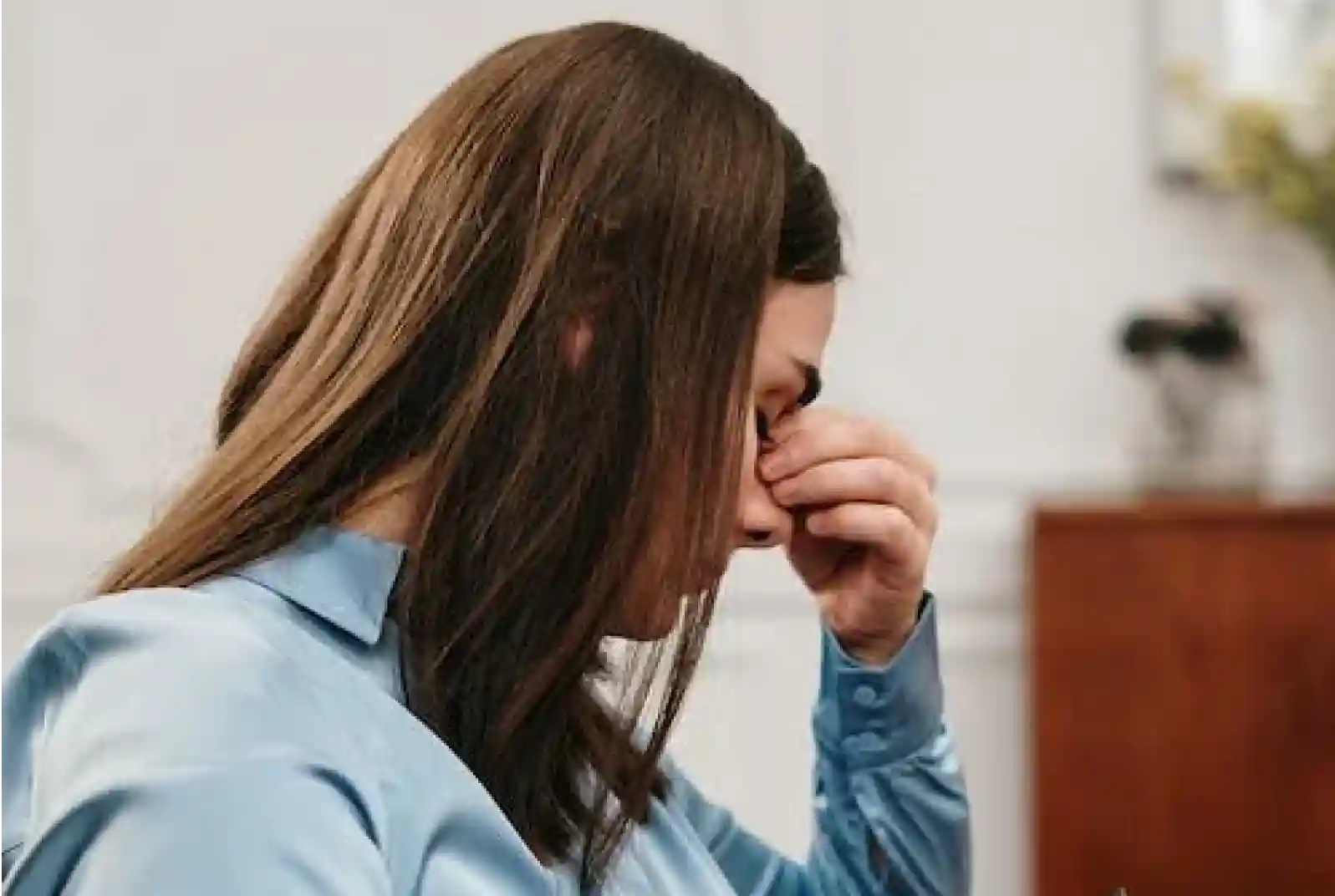Anxiety affects many women in the United States, manifesting as persistent worry, fear, and physical discomfort that can disrupt daily life. Understanding anxiety and its treatment options provides the foundation for managing this common mental health condition. Here is more information on the nature of anxiety, its causes, symptoms, and the different anxiety treatments available:
What Is Anxiety?
Anxiety is a mental health condition characterized by excessive worry, fear, and apprehension about future events or situations. The condition extends beyond normal stress responses and can interfere with work, relationships, and daily activities. Women experience anxiety disorders at about twice the rate of men, often due to hormonal fluctuations, societal pressures, and life transitions.
Anxiety treatment addresses both the psychological and physical aspects of the condition. Mental health professionals use various therapeutic approaches to help individuals develop coping strategies and reduce symptom severity. Treatment typically involves a combination of therapy, lifestyle modifications, and medication management.
What Causes It?
Multiple factors contribute to anxiety development, including genetic predisposition, brain chemistry imbalances, and environmental stressors. Individuals with family histories of anxiety disorders have higher risks of developing similar conditions. Hormonal changes during menstruation, pregnancy, and menopause can trigger or worsen anxiety symptoms. Environmental factors, such as traumatic experiences, chronic stress, major life changes, and relationship difficulties, also play a role in the development of anxiety.
What Are the Symptoms?
Anxiety symptoms manifest in physical, emotional, and behavioral ways. Physical symptoms include rapid heartbeat, sweating, trembling, shortness of breath, and muscle tension. Some individuals may experience gastrointestinal issues, headaches, and fatigue as anxiety indicators.
Emotional symptoms encompass persistent worry, restlessness, irritability, and feelings of dread. Concentration difficulties, memory problems, and racing thoughts frequently accompany these emotional manifestations. Behavioral symptoms involve avoidance of anxiety-provoking situations, social withdrawal, and changes in daily routines. These behavioral changes may reinforce the anxiety cycle and limit daily functioning.
What Does Anxiety Treatment Entail?
Anxiety treatment incorporates multiple therapeutic approaches tailored to individual needs and symptom severity. Treatment plans may combine psychotherapy, lifestyle modifications, and medication management when appropriate. The treatment process begins with a comprehensive assessment and continues with regular monitoring and adjustment.
Cognitive behavioral therapy (CBT) helps individuals identify and change negative thought patterns, thereby contributing to the development of healthier coping mechanisms. The therapy focuses on challenging irrational fears and gradually exposing individuals to anxiety-provoking situations in controlled environments. Medication management may complement therapy for moderate to severe anxiety cases. Healthcare providers carefully monitor medication effects and adjust dosages based on individual responses.
Mindfulness-based approaches teach techniques for present-moment awareness and acceptance. These methods help reduce rumination and worry by focusing attention on current experiences rather than future concerns. Mindfulness practices may include meditation, deep breathing exercises, and progressive muscle relaxation.
Seek Professional Help Now
Anxiety treatment offers effective pathways to symptom reduction and improved quality of life. Professional intervention provides personalized strategies for managing anxiety symptoms and preventing condition progression. Women experiencing persistent anxiety symptoms should consult mental health professionals for a comprehensive evaluation and treatment planning. Professional guidance offers the tools and support necessary to overcome anxiety and enhance overall well-being.


Leave a Reply